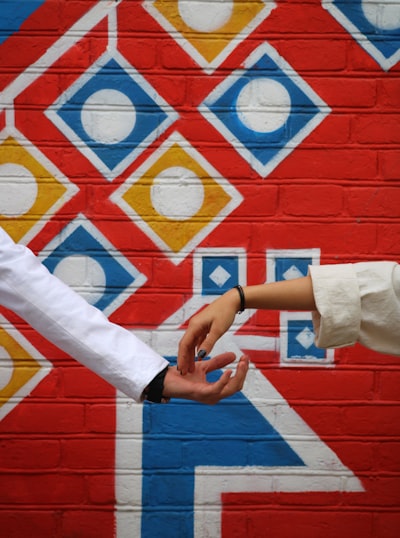Imagine a world where public figures meet behind closed doors not to sharpen their swords, but to put down their shields. Every photo of adversaries standing together, every handshake across lines of conflict, is charged with silent stories—meaningful, mysterious, and often misunderstood. In Nigeria's dynamic political theatre, such appearances seem staged, yet history tells us they can sometimes change destinies more profoundly than any rally or election.
Take, for example, the famous handshake between Yitzhak Rabin and Yasser Arafat in 1993—a gesture seen ‘round the world, yet loaded with tension, calculation, and hope. Or closer to home, the whispered tea-room reconciliations during Nigeria's early republic, where grudges were aired, alliances sealed, and the course of governance quietly altered far from prying microphones.
But what is the cost of such orchestrated peaces? Can a public handshake, following 'fresh peace talks', truly erase mistrust and build bridges anew, or does it sometimes mask deeper fault lines waiting for the next tremor?
Perhaps the true drama isn’t in the peace talks, but in our desire to believe that enemies can become partners, that old wounds can be salved by the very hands that caused them. And maybe, just maybe, the most surprising thing about these public appearances isn’t who shows up—but the possibility, however fleeting, that peace isn't a façade but a flicker of genuine hope.
This article was inspired by the headline: 'JUST IN: Wike, Fubara, Amaewhule make public appearance after fresh peace talks - The Nation Newspaper'.

Comments
No comments yet. Be the first to comment!